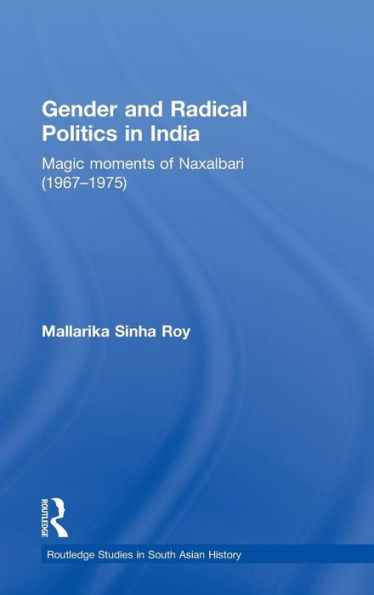Arguing that the history and memory of the Naxalbari movement is fraught with varied gendered experiences of political motivation, revolutionary activism, and violence, this book analyses the participation of women in the movement and their experiences. Based on extensive ethnographic and archival research, the author argues that women’s emancipation was an integral part of their vision of revolution, and many of them identified the days of their activism as magic moments, as a period of enchanted sense of emancipation. The book places the movement into the postcolonial history of South Asia. It makes a significant contribution to the understanding of radical communist politics in South Asia, particularly in relation to issues concerning the role of women in radical politics.
Arguing that the history and memory of the Naxalbari movement is fraught with varied gendered experiences of political motivation, revolutionary activism, and violence, this book analyses the participation of women in the movement and their experiences. Based on extensive ethnographic and archival research, the author argues that women’s emancipation was an integral part of their vision of revolution, and many of them identified the days of their activism as magic moments, as a period of enchanted sense of emancipation. The book places the movement into the postcolonial history of South Asia. It makes a significant contribution to the understanding of radical communist politics in South Asia, particularly in relation to issues concerning the role of women in radical politics.

Gender and Radical Politics in India: Magic Moments of Naxalbari (1967-1975)
224
Gender and Radical Politics in India: Magic Moments of Naxalbari (1967-1975)
224Hardcover

Product Details
| ISBN-13: | 9780415562355 |
|---|---|
| Publisher: | Taylor & Francis |
| Publication date: | 08/25/2010 |
| Series: | Routledge Studies in South Asian History , #10 |
| Pages: | 224 |
| Product dimensions: | 6.12(w) x 9.19(h) x (d) |
